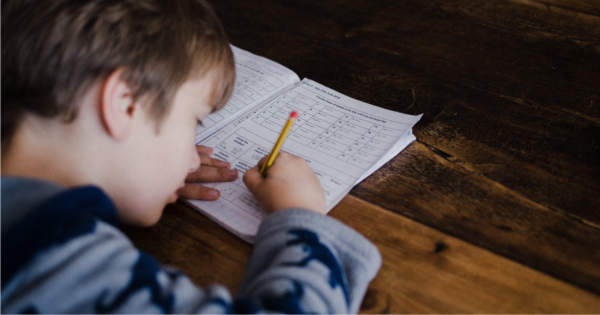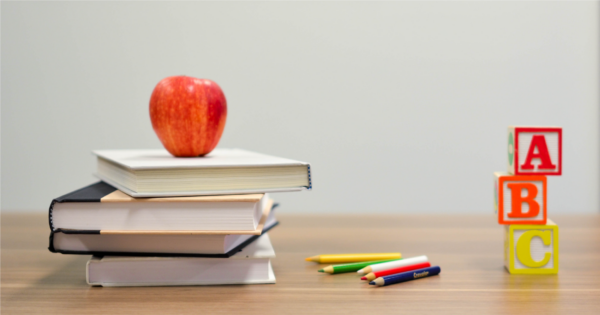
Homeschooling has become a popular educational choice for parents seeking a more tailored and flexible approach to their child’s learning. For families with children diagnosed with Attention Deficit Hyperactivity Disorder (ADHD), homeschooling can be an excellent option that allows for personalized instruction and accommodations. In this blog post, we will explore the benefits of homeschooling ADHD children, provide practical tips for designing a successful ADHD homeschool curriculum, and offer encouragement to parents embarking on this journey.
KeepReading


